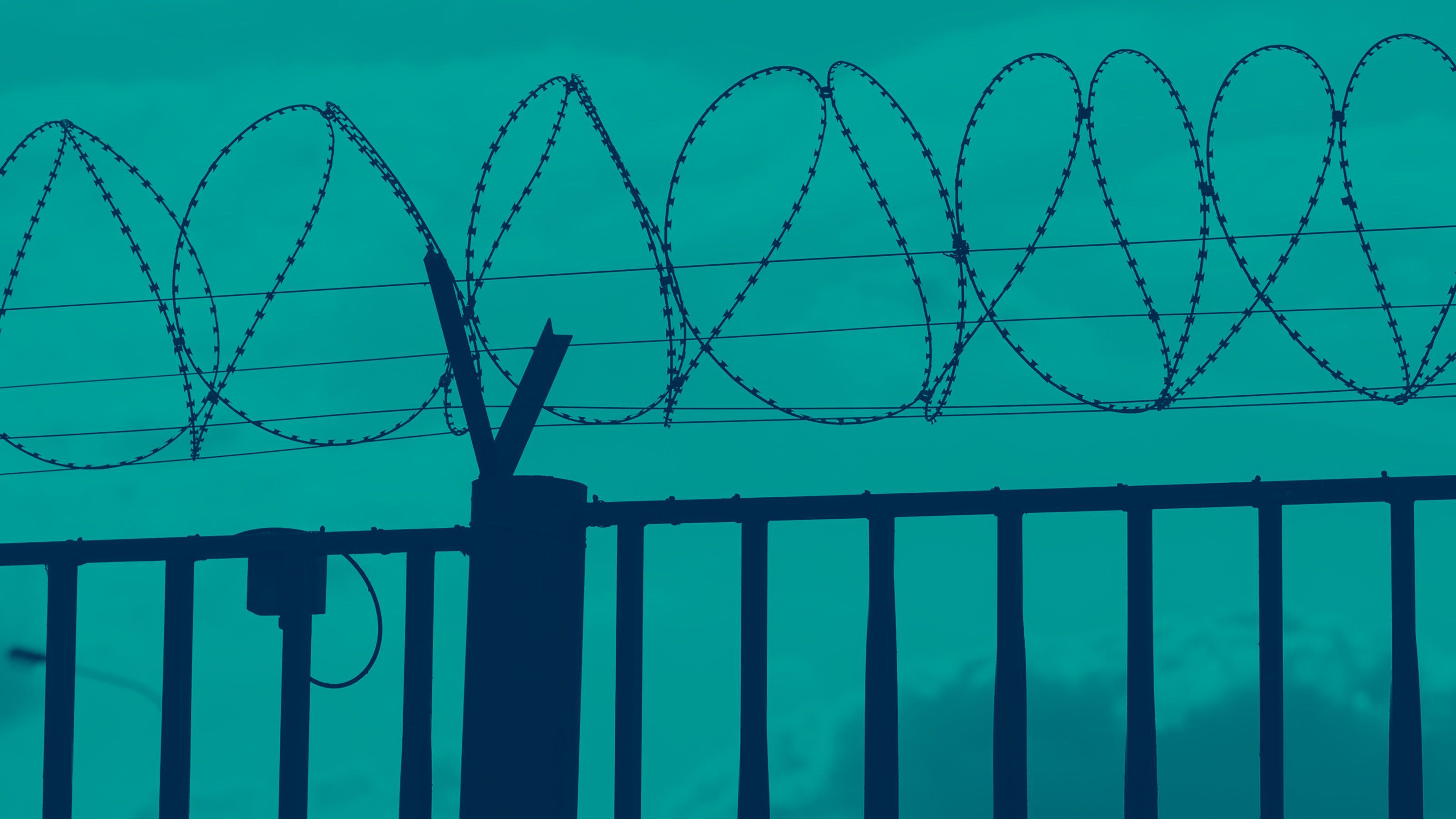Registration
You will receive an email confirming your registration.
The Security Studies Seminar is a monthly seminar series that aims to comprehensively discuss a new piece of academic research on matters pertaining to Indian and international security, with the author.
The 2017 Doklam crisis stimulated introspection among officials and experts in both countries about the future of the Sino-Indian relationship. Carnegie India hosted Frank O'Donnell to discuss the opportunities and constraints that India faces in its navigation of the border tensions with China as presented in his recent report titled The Strategic Postures of China and India. The discussion was moderated by Srinath Raghavan.
Discussion Highlights
- The Balance of Power: While most discussions converge on the view that China holds the conventional and nuclear edge over India, participants argued that this assessment may be mistaken and would serve as a poor guide for Indian policy makers. Participants observed that India has a key under-appreciated conventional advantage that reduces its vulnerability to Chinese threats and attacks. India also appears to have greater confidence in its military position against China than is typically acknowledged in Indian debates. Participants also explored the tenets of increased improvements in the survivability of India’s existing nuclear arsenal and posited that New Delhi had an opportunity to take the lead in international efforts advocating for nuclear transparency and restraint.
- Nuclear Forces and Ranges: Participants discussed the nuclear capabilities of both India and China. In all, they estimated 104 Chinese missiles could strike all or parts of India. This includes about a dozen DF-31A and six to twelve DF-31 missiles capable of reaching all Indian mainland targets with another dozen DF-21s holding New Delhi at risk. The remaining missiles could target sections of India’s northeastern and eastern coast. Participants noted that while the bulk of India’s missile forces are located closer to Pakistan than China, they estimated that around ten Agni-III launchers could reach the entire Chinese mainland and another eight Agni-II launchers had the potential to reach central Chinese targets. In addition to this, two Indian Air Force squadrons of Jaguar IS and one squadron of Mirage 2000H fighters, totaling around 51 aircraft, are considered to be tasked with nuclear missions. However, participants agreed that the identification and tracking of Indian missiles and aircraft by Chinese air defenses would be near certain.
- Conventional Forces: Participants discussed the military strength of each country while taking into consideration factors such as the strength of troops along the border, speed of deployment, numerical disparities, as well as geographical and weather conditions. Participants highlighted that despite the near-equivalence of total troop deployment at the border (with the Indian Army estimated at around 225,000 personnel and the Chinese People’s Liberation Army totaling approximately 200,00-230,000 personnel), the figures appear to be misleading as a significant proportion of Chinese forces are kept in reserve for deployment along the Russia border or for countering insurrection in Xinjiang and Tibet. Participants also observed that the majority of the Chinese forces are located farther away from the border in comparison to the Indian forces. They added that a majority of Indian forces are forward deployed with a single China centric defense mission.
- Air Force: Participants observed that the PLA Air Force (PLAAF) suffers from a numerical disparity in comparison to the Indian Air Force (IAF) in the border region. Although the PLAAF outnumbers the IAF’s strength, a portion of China’s 157 fighter planes in the region are reserved for Russia-centric missions as compared to the Indian Eastern Air Command which fields its 101 fighters against China alone. Participants accepted that China could increase the strength of its forces near the Sino-Indian border, but they asserted that an Indian counter-buildup would be sure to follow in such a scenario. Participants also highlighted the limitations faced by the PLAAF due to the high altitude of Chinese airbases and the generally difficult geographic and weather conditions of the region. They argued that these factors constricted the PLAAF to carrying around half their designed payload and fuel. In comparison, the IAF uses bases and airfields which are unaffected by these geographic conditions and is able to wield maximum payload and fuel capabilities. Participants also emphasized that recent PLAAF exercises with unscripted scenarios found Chinese pilots to be excessively reliant upon ground control for tactical direction. The IAF on the other hand displayed a level of institutional experience in actual networked combat owing to the recent conflicts with Pakistan. Overall, participants favored the IAF over the PLAAF.
The event summary was prepared by Ashley Sebastian, a research intern at Carnegie India.
